Oct 28, 2025 10:47 AM
In Memoriam: Jack DeJohnette, 1942–2025
Jack DeJohnette, a bold and resourceful drummer and NEA Jazz Master who forged a unique vocabulary on the kit over his…
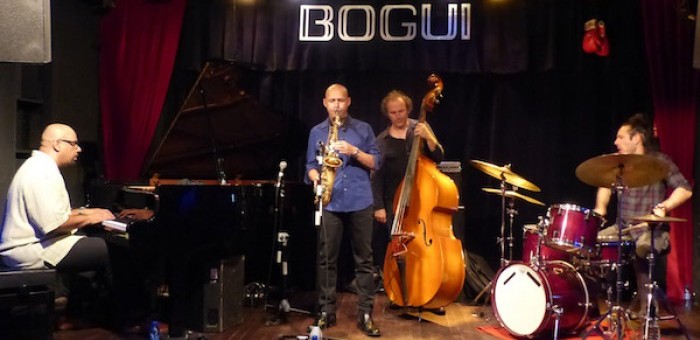
Luis Perdomo (left), Miguel Zenón, Hans Glawischnig and Henry Cole perform at Bogui Jazz in Madrid on July 2.
(Photo: Bogui Jazz)When alto saxophone player Miguel Zenón and his quartet took the stage at Bogui Jazz in Madrid for the group’s opening set of two nights of music on July 2, the intimate club was filled with jazz fans as well as a strong contingent of local musicians—all eager to hear Zenón and his long-standing quartet perform music from his most recent recording, Tipico (Miel Music).
Zenón, playing the second stop of a 15-date tour that started in France and is scheduled to end in Beijing on July 14 and 15, did not disappoint. Backed by longtime band members Luis Perdomo (piano), Hans Glawischnig (bass) and Henry Cole (drums), Zenón, showcased six of the eight songs from Tipico over the course of two strong sets that underscored the deep, cohesive musical communication the four musicians have developed over more than a decade of touring and recording.
“Academia,” the opening cut on Tipico, kicked off the first set with Perdomo playing an insistent, hypnotic riff that set up a blazing solo by Zenón. Perdomo followed with a powerhouse solo of his own before Zenón concluded with another strong solo turn.
“Las Ramas” (“The Branches”) then showcased the talents of Glawischnig and Cole. Glawischnig’s melodic opening bass solo led into Zenón’s bluesy solo, then Cole took the spotlight with a cohesive, tightly-focused drum statement that took the tune to an energetic, powerful conclusion.
“Corteza” wrapped up the first set. Like many compositions Zenón has written for the quartet, it employs folkloric elements from Zenón’s Puerto Rican homeland as a foundation for building complex rhythmic statements that move organically into a unique and original take on Latin jazz.
The tune opened with a melodic piano/saxophone duet by Perdomo and Zenón that flowed into a dialogue between Glawischnig and Cole, continuing the lyrical approach. The energy level then built steadily through solos by Zenón and Perdomo before Cole’s drums led the way to an up-tempo conclusion.
The second set continued the focus on tunes from Tipico. “Ciclo” again took the quartet into a finely balanced blend of straightforward folkloric melody and rhythms that evolved organically through slowly building solo turns by Zenón and Perdomo. The live performance extended the approximately eight-minute recorded version into a mesmerizing 15-minute live performance that earned strong applause from the crowd.
The ballad, “Sangre Di Me Sangre,” written by Zenón for his young daughter, began with a lovely alto sax statement before Perdomo and the band joined in to support Zenón as he pushed the energy level. Glawischnig followed with a pulsing bass solo before Zenón returned to bring the song full circle to its lyrical beginning.
After a rousing version of the tile cut of Tipico that featured outstanding solo turns by Zenón, Perdomo and Cole, the audience demanded an encore. Zenón and the band obliged with a well-received version of the classic Cuban song “Como Fue,” as originally performed by Benny Moré.
As Zenón noted in a conversation the following afternoon before his concluding sets at Bogui Jazz, there was a special significance in his choice of “Como Fue” as an encore the night before.
“That’s a song that instantly connects with any musician from Cuba,” he explains. “And given that there were quite a few musicians at the performance last night who have come to Spain from Cuba, it seemed like a good way to end the evening.”
The influx of Cuban musicians to Spain was also noted in a conversation before Sunday’s concert with Bogui Jazz owner, Richard Angstadt, who has presented live jazz at the club for 12 years.
“There has definitely been an increase in the number of Cuban musicians who have come to Spain—and especially to Madrid,” he states. “Chucho Valdés moved here in 2010. And his father, Bebo, had been here for years before that. I think that helped inspire other Cuban musicians to come here and look for musical opportunities.”
Both Zenón and Angstadt cited the fact that a common language and cultural background helps make assimilation easier for Cuban musicians in Spain. And they also agree that the influx of Cuban musicians has resulted in a growth in the jazz scene—especially in Madrid.
“The quality of the Cuban musicians who have come here has really helped grow the jazz scene,” says Angstadt. “When I first came here more than 30 years ago, there were really only two jazz clubs in Madrid, Café Central and Clamores. Now there are about 10 or 12, including Bogui Jazz, Café Berlin and others that feature jazz occasionally or are very small.”
“Back in the 1990s and the early 2000s, Barcelona was definitely the center of the Spanish jazz scene,” explains Zenón. “Jorge Rossy, who played drums with Brad Mehldau for several years, moved back to Barcelona and started the Fresh Sounds label, and that brought musicians there to record and live. But now the Spanish scene is really happening in Madrid, especially at clubs like Bogui.”
As the jazz scene in Madrid continues to grow, Angstadt is planning a major renovation and updating of Bogui Jazz beginning in mid-July.
“We’ll be closed until October 15 to reinforce the soundproofing and update the club in all aspects, from the stage and sound to the bar areas and air conditioning,” he says. “When that’s finished, we’ll be looking at an expanded schedule of live music every week.”
“It’s a great place to play,” says Zenón. “And to me, it’s up there with Jamboree in Barcelona and Jimmy Glass Jazz Bar in Valencia. In addition, when I play at Bogui or one of the other Spanish clubs, I get to speak my first language when I’m on stage, and that’s a very rare thing!” DB
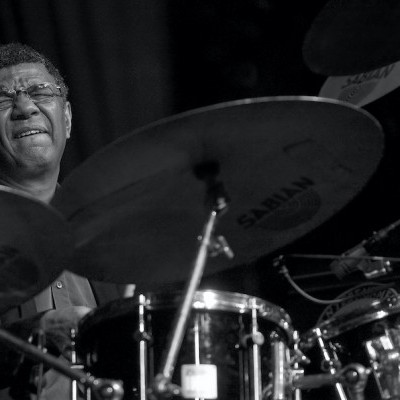
Jack DeJohnette boasted a musical resume that was as long as it was fearsome.
Oct 28, 2025 10:47 AM
Jack DeJohnette, a bold and resourceful drummer and NEA Jazz Master who forged a unique vocabulary on the kit over his…

D’Angelo achieved commercial and critical success experimenting with a fusion of jazz, funk, soul, R&B and hip-hop.
Oct 14, 2025 1:47 PM
D’Angelo, a Grammy-winning R&B and neo-soul singer, guitarist and pianist who exerted a profound influence on 21st…
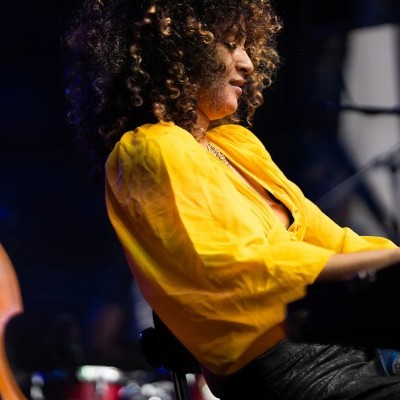
Kandace Springs channeled Shirley Horn’s deliberate phrasing and sublime self-accompaniment during her set at this year’s Pittsburgh International Jazz Festival.
Sep 30, 2025 12:28 PM
Janis Burley, the Pittsburgh International Jazz Festival’s founder and artistic director, did not, as might be…
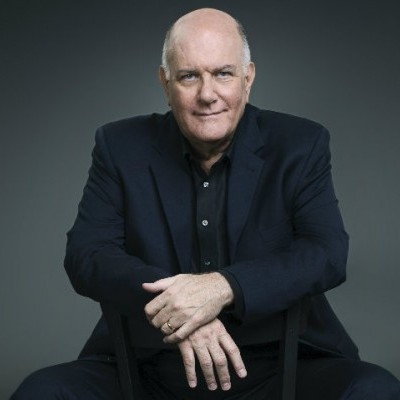
Jim McNeely’s singular body of work had a profound and lasting influence on many of today’s top jazz composers in the U.S. and in Europe.
Oct 7, 2025 3:40 PM
Pianist Jim McNeely, one of the most distinguished large ensemble jazz composers of his generation, died Sept. 26 at…
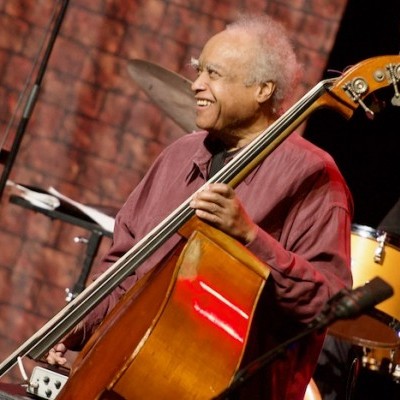
Drummond was cherished by generations of mainstream jazz listeners and bandleaders for his authoritative tonal presence, a defining quality of his style most apparent when he played his instrument unamplified.
Nov 4, 2025 11:39 AM
Ray Drummond, a first-call bassist who appeared on hundreds of albums as a sideman for some of the top names in jazz…